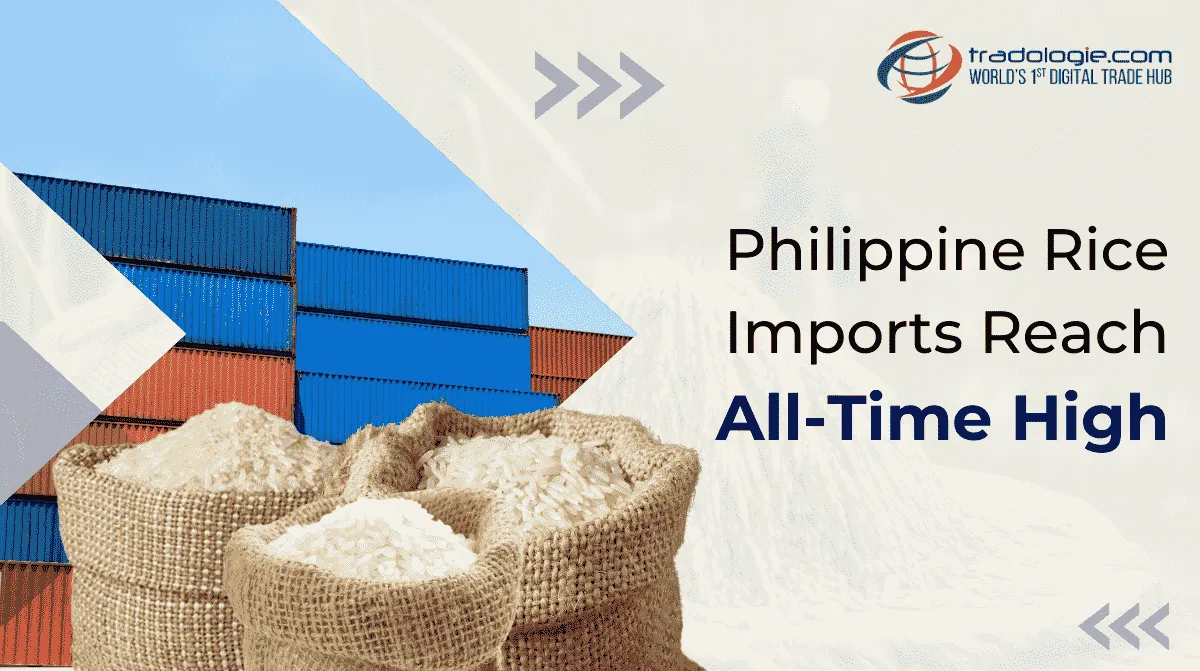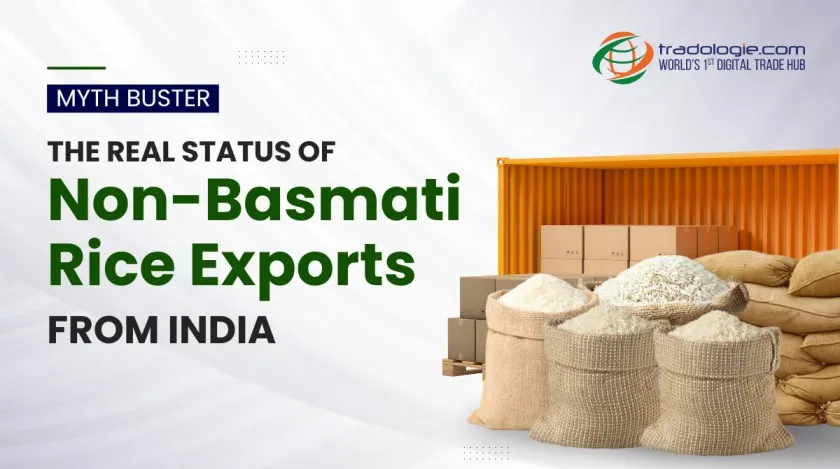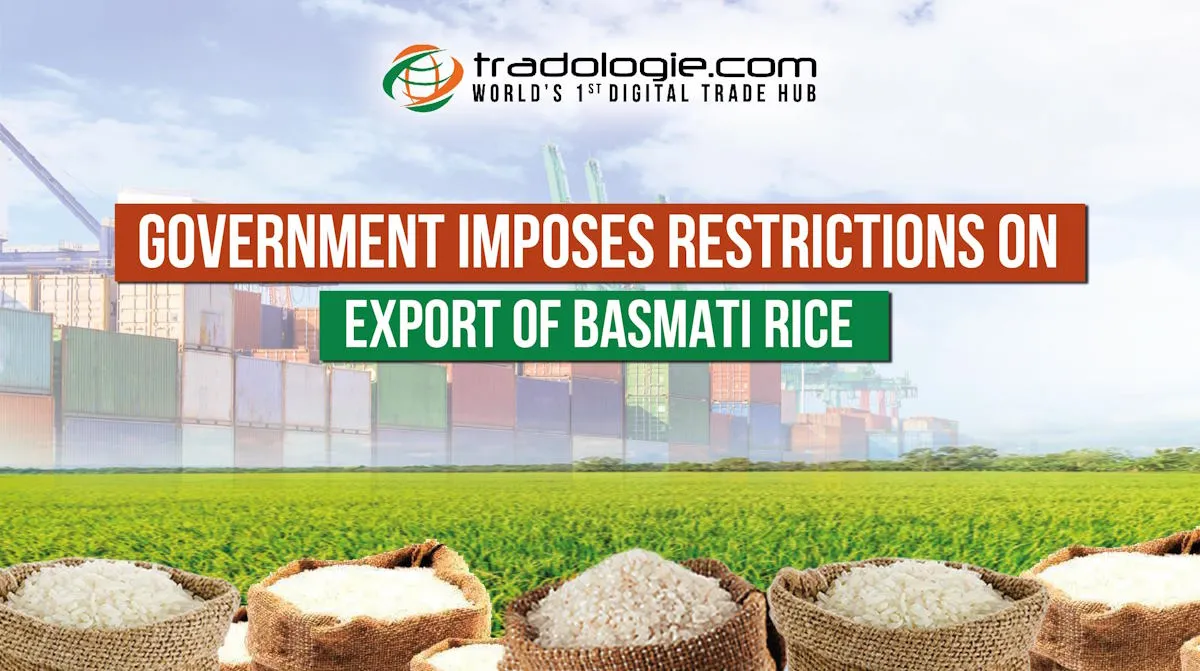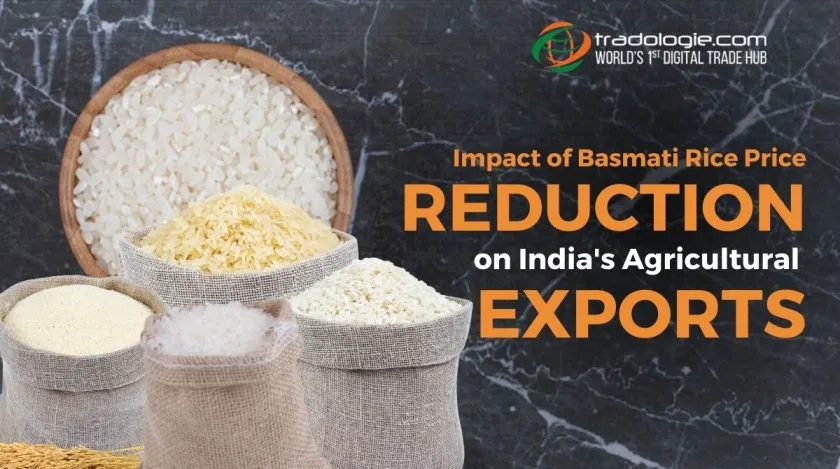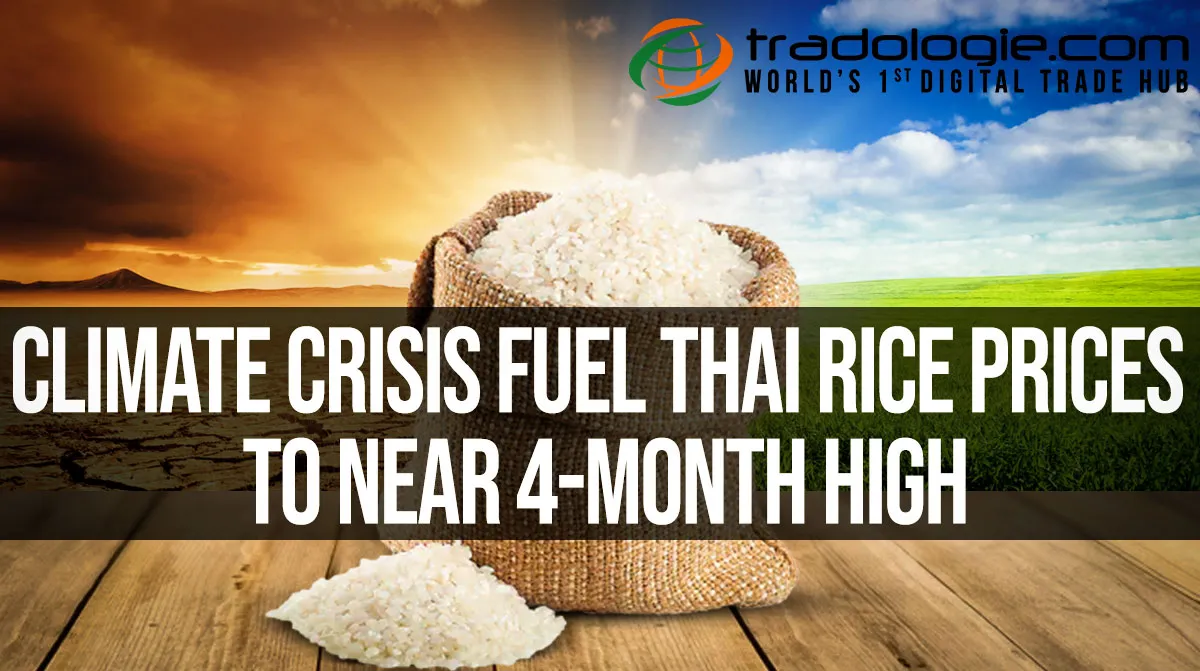Philippine rice imports are nearing the 4-million metric ton (MMT) mark, exceeding the previous record set in 2022.
As of November 7, the country has imported 3.896 MMT of rice, primarily due to a combination of typhoons and the El Niño phenomenon that have severely impacted local production. Approximately 80% of these imports have come from Vietnam, according to data from the Bureau of Plant Industry.
It already breached the record-high import volume of 3.83 million MT in 2022 and exceeded last year's figure of 3.6 million MT.
Record-Breaking Import Volumes:
- The latest figures are just a million metric tons shy of the U.S. Department of Agriculture's projection of 5 million MT for this year, while the Department of Agriculture estimates a requirement of 4.2 MMT for overseas purchases.
- In October alone, traders imported 533,298.49 MT of rice, a significant increase from 163,217.40 MT during the same period last year.
- Vietnam accounted for the majority of rice imports to the Philippines, delivering 3.04 million metric tons, which represents 78.1% of the total imports, while Thailand contributed 497,465.78 metric tons to the supply.
- Additionally, Pakistan and Myanmar supplied 178,179.48 metric tons and 143,364.75 metric tons of rice, respectively, with India recently resuming its rice exports and sending 22,108.08 metric tons to the Philippines.
Challenges and Government Response:
- The surge in imports follows a slowdown earlier this year due to uncertainties surrounding rice tariffs. The Department of Agriculture (DA) noted that adverse weather conditions have severely affected palay production, which constitutes more than half of the agricultural output value. Palay production fell to 3.33 MMT from 3.8 MMT a year ago, marking the lowest quarterly output since 2019.
- In response to rising retail prices and supply concerns, President Marcos Jr. implemented a reduction in rice import tariffs from 35% to a historic low of 15%. This policy aims to facilitate access to more affordable rice and stabilize domestic prices amid increasing demand.
Future Prospects and International Collaborations:
Pakistan has expressed interest in increasing its rice exports to the Philippines, contingent upon stable supply agreements and mutual concessions. Currently accounting for about 6% of Philippine rice imports, Pakistan is seeking assurance on export quantities and import duties to ensure consistent trade.
To register as a seller, click here. To register as a buyer, click here.
REFERENCE- economictimes.indiatimes.com

